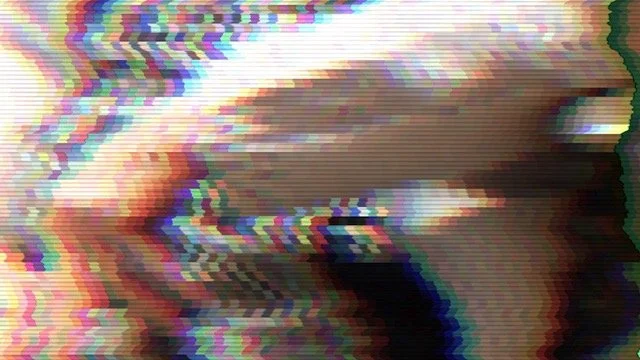An examination of handtextile practice within commercial, artistic and digital contexts reconfigured through visible mending
Brenda Miller 2025
ABSTRACT
Hidden work carried out by women in this practice-based study examines connections between hand skills in current practice through darning and mending to re-configure moving image and textile artifacts. This research adopts an auto ethnographic and practice-based methodology prioritising a willingness to share, references John Roberts’ (2007) concepts of de-skilling and re-skilling and applies Richard Sennett’s (2012) concepts of differentiating exchange and definitions of repair to develop textile practice and experimental moving image through visible mending methodologies as outcomes.
A series of pilot studies considered hand skills preferred by artists, the continuing practice of hand embroidery in Madeira and traditional knitting in Cornwall. These projects preceded the development of an extended study into mending within industrial weaving of high-quality cloth. Working as a solo filmmaker, material was gathered through dialogical conversations (Gablik 1992, Kester 2013, Sennett 2012) with women working during short visits to weaving mills in various parts of the UK. The major study explored, through moving image, the reality that within industrial production there remains the time consuming and skilful process of invisibly repairing flaws within the weaving process that little is known about.
Work is undertaken by professional women looking for knots and flaws in mills, producing high quality cloth, whether for billiard tables or Savile Row tailors. Invisible mending practiced by teams of women continues virtually unchanged in high tech industry, even kept invisible from clients. While skills in darning and mending used to be passed on in the home, it has been in decline since the availability of cheap clothing. However, in recent years darning and mending has become a fashionable social activity. Mending groups are reviving and sharing the skills needed to repair and repurpose clothing by stitching visible repairs as a statement of social responsibility.
The significance of uncertainty and possibility (Akama, Pink & Sumartojo 2018, Cocker 2013, Fortnum 2014) within the live situation of collecting sound and visual material has led to the development of a mending methodology applied to film editing and textile making. By valuing the visible material captured in a live situation as a document of the experience has informed the development of my visible mending methodology. Editing as patchwork with visibly glitched repair patches (Menkman 2011, Cubitt 2015, 2017) created and added to the moving image timeline and re-configured in subsequent textile prints which have been presented as outcomes and exhibition, Re-configured Conversations (2023).
Read the full thesis at wlv.openrepository.com.
